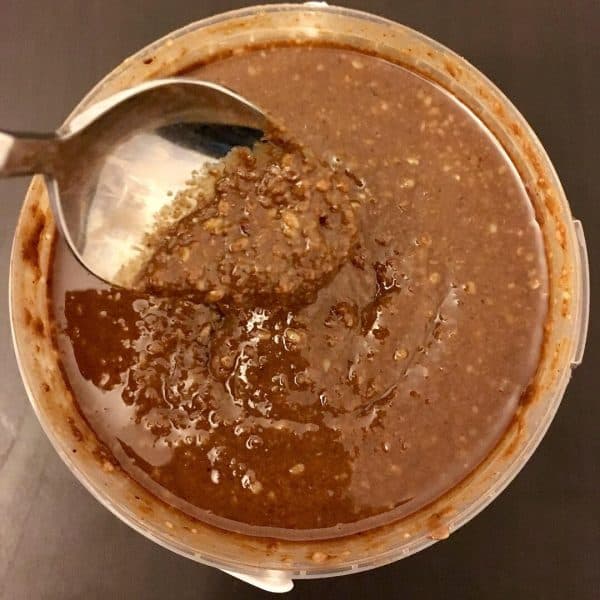Do You Know What Is The Difference Between Sesame Paste And Tahini?
We will answer the question of what is the difference between sesame paste and tahini. Sesame paste and tahini are high quality foods with high nutritional value obtained from sesame. But it should be noted that tahini and sesame paste are not the same thing. So what are the differences between them? Let’s take a look at these differences together. Let’s be aware of what we put into our home and kitchen! Buy Now!
Separation Process of Sesame Shell
The first noticeable difference between sesame paste and tahini is the distinct color difference between the two. Sesame paste is darker in color compared to tahini. The reason for this is that the sesame seeds used for sesame paste are not subjected to any processing in order to separate them from their shells. The unpeeled outer shell of sesame is dark in color. This color gives the sesame paste a dark color.
Many different processes are applied in making tahini. One of these processes is the process of placing the sesame seeds in salt water and then separating them from their shells. Sesame seeds separated from their shells are lighter in color, so tahini is also a lighter color compared to sesame paste.
The outer shell of sesame is a high fiber source and has very positive effects especially on intestinal health. Rather than dehulled white sesame, hulled brown sesame is more preferable.
Sesame Roasting Process
The second noticeable difference between sesame paste and tahini is the difference in consistency between the two. Sesame paste has a very thick consistency, while tahini is more fluid. Sesame seeds, which are separated from their shells in order to obtain tahini, are roasted by mixing at a certain temperature for a long time. Thanks to this roasting process, the tahini acquires a fluid consistency.
In the production of sesame paste, the roasting process is not applied, as is the process of separating them from their shells. Sesame seeds are prepared by crushing directly without any heat treatment.
The dark color of sesame paste is sometimes thought to be the result of roasting. This is quite a false belief. Sesame paste is dark in color not because it is roasted but because it has not separated from its shells.
Another reason why tahini has a fluid consistency is that additional sesame oil is added to the product during tahini preparation. In order to reduce the cost, manufacturers sometimes use other vegetable oils (such as cotton oil, sunflower oil, palm oil…) for this process.
It is even possible to see products containing additional additives or preservatives on the market. These vegetable oils and preservatives and additives reduce the quality of tahini and should not be preferred. The nutritional value and nutritional value of such products are low.
Which Should We Prefer?
Buy NowDifference of Sesame Paste from Tahini
In this article, we tried to answer the question of what is the difference between sesame paste and tahini. To summarize; During the preparation of tahini, various process steps such as sorting, dehulling, roasting and then crushing are followed. Tahini is a delicious breakfast product.
The steps followed in making sesame paste are much simpler. Sesame seeds are sieved, sorted and crushed. Sesame seeds are not separated from their shells or roasted. A natural, additive-free, nutritious, untreated, delicious, 1st quality product with 100% Sesame content is obtained.
If you would like to enjoy the unique taste of our additive-free, sugar-free sesame pastes that we obtain from domestic ancestral seeds and locally produced Gökova sesame, you can visit our online store.
In addition to sesame paste, you can also find cold pressed sesame oil, traditional tahini and Gökova sesame from ancestral seeds in our online store. You can visit our instagram page for details about our products.
Buy NowSweetgum Oil Wild Thyme Pecan Daily Resin Local Seeds Tahini Sesame Paste Daily Incense Energy Clean [button link=”https://egepazarindan. com/cig-sesame/” color=”teal” new


